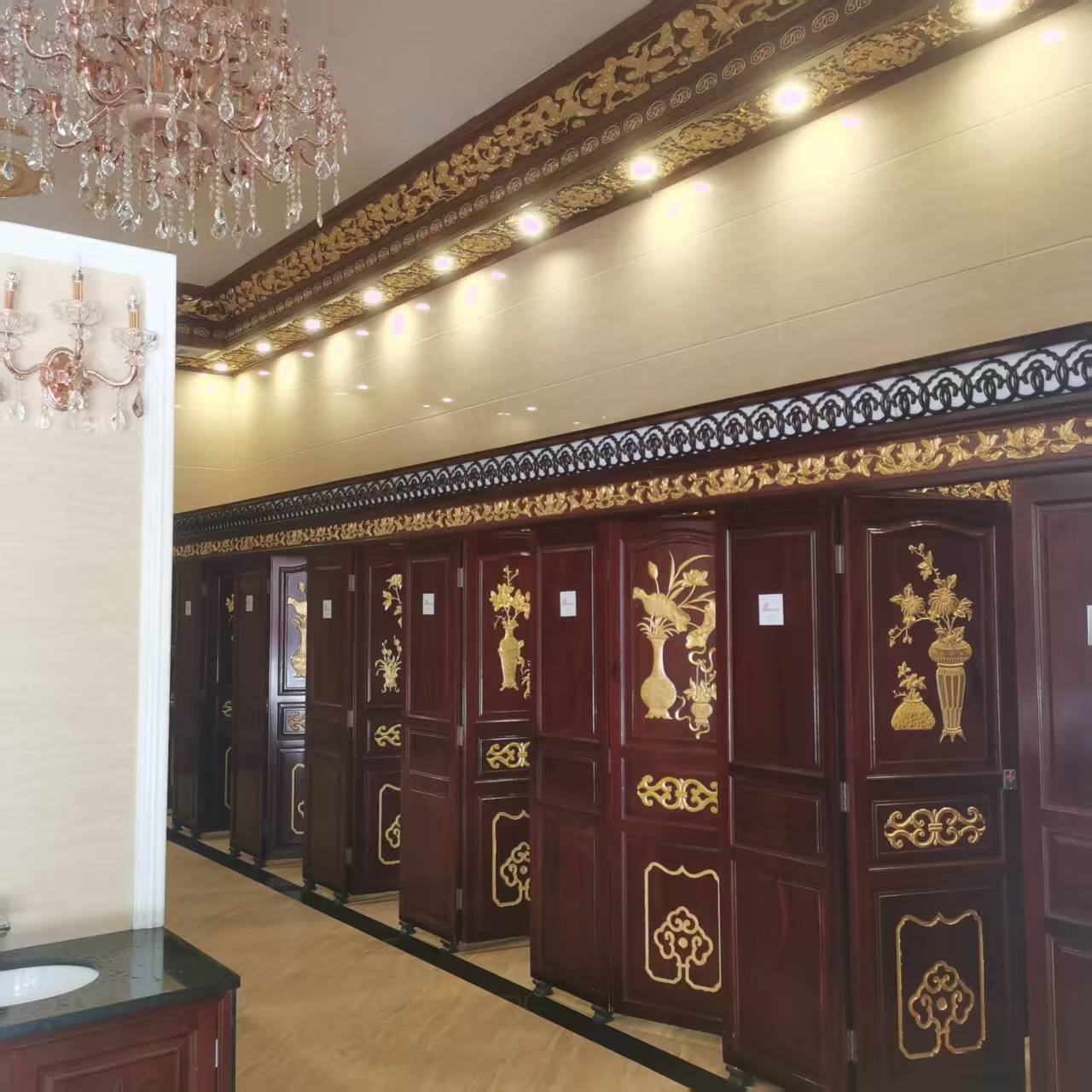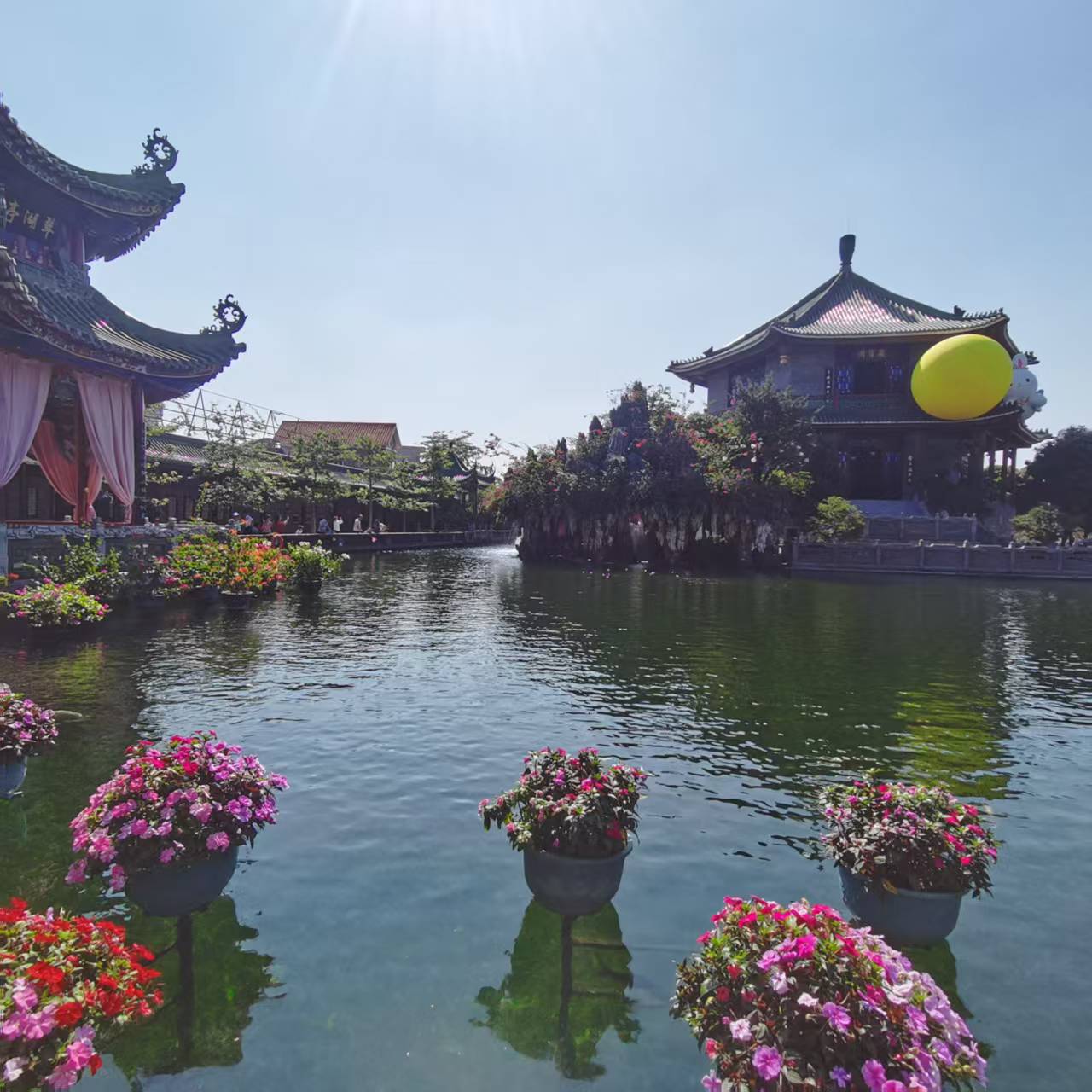For business travelers in Guangzhou, finding a peaceful place to experience authentic Chinese culture during a tight schedule can be a challenge. If you have a spare weekend or half a day, I highly recommend a visit to Baomo Garden in the Panyu District.
This garden offers a tranquil escape from the city’s hustle. It is less crowded, allowing you to relax and explore at your own pace. You can bring your own food for a picnic or enjoy authentic Cantonese Dim Sum and local cuisine at the garden’s restaurant. More importantly, Baomo Garden is a “living museum.” It combines the culture of an upright ancient official, Lingnan architecture, garden art, and water-village features. It allows you to deeply appreciate the essence of Southern Chinese culture in just a few hours.

Baomo Garden at a Glance
|
Loại
|
Information
|
|
Name
|
Baomo Garden (宝墨园)
|
|
Location
|
Zini Village, Shawan Town, Panyu District, Guangzhou, Guangdong
|
|
Core Themes
|
Upright Official Culture, Lingnan Horticulture, Classical Architecture, Pearl River Delta Water Village
|
|
Recommended Time
|
3-4 Hours
|
|
Ticket
|
Approx 60RMB,pls check the last price in office chanel |
A Garden Built for an Upright Official
Baomo Garden was first built in the late Qing Dynasty. Its origin is closely related to a temple commemorating Bao Zheng (Lord Bao), a famous upright official in Chinese history. The original garden was destroyed in the 1950s. Reconstruction began in 1995, expanding it to the scale we see today. Therefore, core buildings like the “Zhiben Hall” and “Baomo Hall” aim to praise Lord Bao’s spirit of integrity and courage.
Must-See Highlights: Treasures and Art Collections
This guide focuses on the four most unmissable highlights to make your visit worthwhile.
The Two Guinness World Records
- The Ceramic Relief Mural Along the River During the Qingming Festival This is more than just a painting. It is a three-dimensional artistic masterpiece that combines a legendary Chinese painting with ceramic art and architecture. It vividly reproduces the 800+ characters, boats, and buildings from the original scroll. Look closely, and you will see that every character’s expression and action is lifelike. You can almost hear the bustling sounds of the ancient capital city.
- The Giant Brick Carving The Phoenixes Sing in Harmony This is another masterpiece and a pinnacle of Lingnan brick carving art. The entire work features the theme “A Hundred Birds Paying Homage to the Phoenix.” It is made of countless blue bricks, each intricately carved and assembled. Be sure to observe the fine details of the birds’ feathers and the texture of the flower petals. The carving creates rich light and shadow effects, making it feel like a “breathing stone epic.”
The Museum Collections: Echoes of History
- Treasures in the Zhao Tailai Art Palace This palace displays national treasures returned from overseas, generously donated by Mr. Zhao Tailai, a British-Chinese collector. The Bronze Age artifacts, such as Jue (wine vessels) and Ding (cauldrons), carry a thousand-year-old patina. Their ancient shapes and mysterious patterns are truly awe-inspiring. The ancient jade items, on the other hand, show a gentle and reserved beauty, embodying a unique oriental elegance.

- Pith Paper Paintings in the Yaji Hall This is a unique and endangered art form that was popular in the Qing Dynasty, primarily for export to the West. The paintings use a special paper made from the pith of the Tongcao plant. The artworks are brightly colored and depict scenes of daily life in old Guangzhou. They served as a “window” for Westerners to understand China 200 years ago and are a vital witness to the Maritime Silk Road.

Zhaodaqian painting

I highly recommend this must-visit spot—the restroom. It’s the most beautiful one I’ve ever seen. With its crystal chandelier and gold-carved wooden door, I dare say it’s even more magnificent than an ancient palace.
Travel Tips
- Feed the Koi Fish: The garden is surrounded by water and is home to a large number of colorful koi fish. You can buy fish food from the kiosks and enjoy the fun of feeding them. This is a favorite activity for children.
- Take a Boat Ride: You can take a paid boat ride to appreciate the garden from a water perspective. It offers a relaxing experience of the Pearl River Delta’s water village charm.
- Dining Options: The garden has a restaurant that serves authentic Cantonese Dim Sum and lunch at reasonable prices.
How to Get There
Besides taking a taxi or ride-sharing service, the most recommended public transport option is the “Metro + Bus” connection.
- Take the Metro: Ride Guangzhou Metro Line 3 to the terminal station, Panyu Square Station.
- Use Exit C.
- Transfer to a Bus: Walk to the adjacent “Panyu Square Metro Station” bus terminal and take bus Fo K349.
- Arrive at the Destination: Get off at the Baomo Garden Terminal Station. The bus ride takes about 30-40 minutes.
I hope this guide helps you have a wonderful time at Baomo Garden. Enjoy your trip in China!


